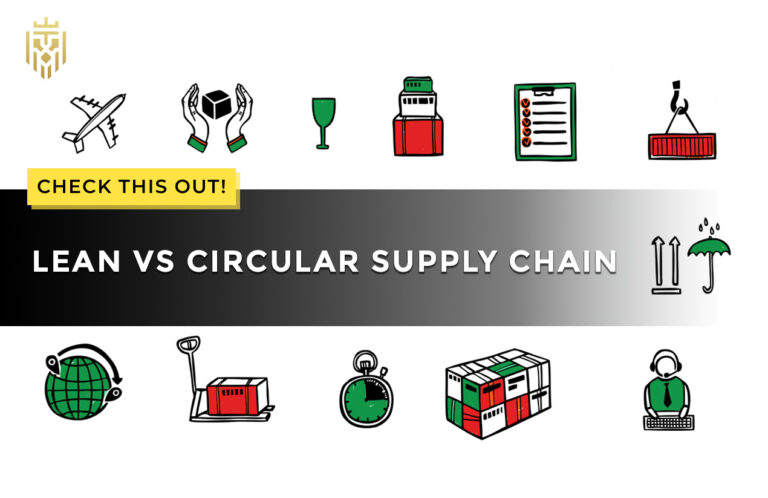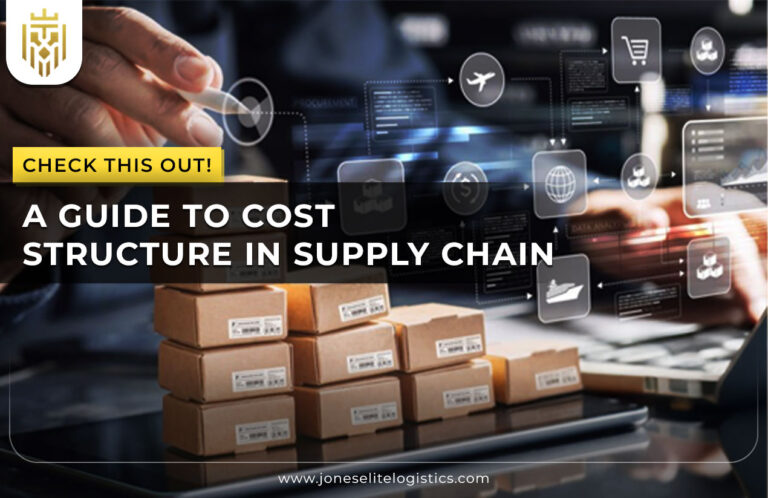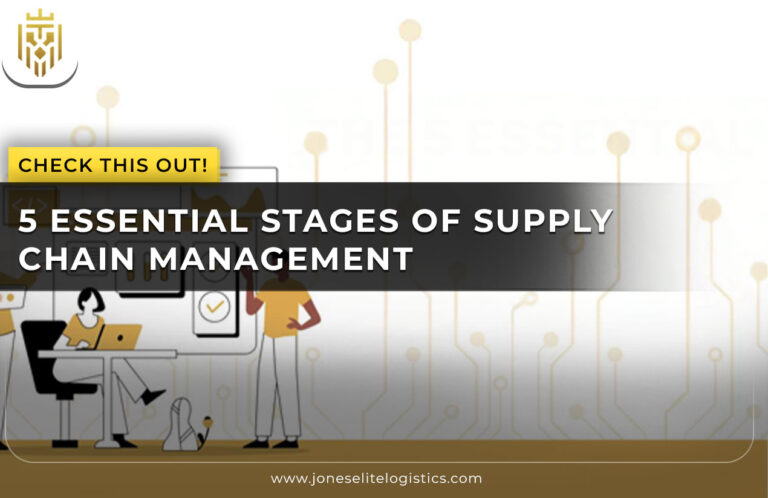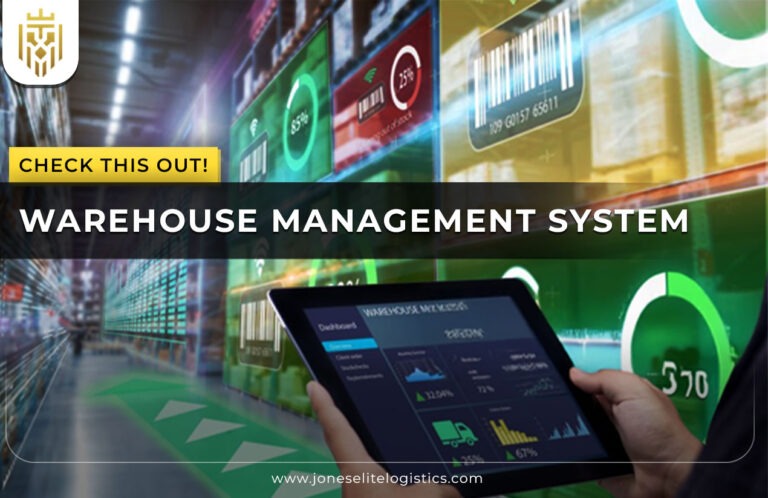What is Supply Chain Analysis?
Supply Chain Analysis is the systematic examination of procedures such as storage, distribution, and transportation of goods within the supply chain. Supply chain analytics helps make sense of these procedures by uncovering patterns and generating insights that can help improve inventory management, delivery, customer satisfaction, and ultimately, profitability. Analytics tools enable companies to conduct a thorough case study of various components, providing a deeper understanding of the entire supply chain process.

Why Supply Chain Analysis is Important
Conducting supply chain analysis periodically helps avoid supply chain disruptions. By continuously monitoring supply chain data, companies can ensure smooth supply chain operations and quickly address any potential issues before they escalate. With predictive and diagnostic analytics, logistics teams can foresee disruptions and keep inventory levels optimized. This not only lowers repair and maintenance costs but also accelerates the production and fulfilment processes.
Features of Effective Supply Chain Analysis:
An effective supply chain analytics strategy requires integrating multiple components, focusing on improving supplier performance and enhancing customer satisfaction through strategic inventory management and data analytics insights.
All Components are Connected Seamlessly:
An effective supply chain analytics strategy requires integrating multiple components, focusing on improving supplier performance and enhancing customer satisfaction through strategic inventory management and data analytics insights.
Collaborative Approach to Enhance Coordination:
Through a collaborative approach, supply chain partners can align objectives to optimize supply chain strategy and improve chain management. This ensures better communication across departments, fostering resilient and agile supply chains.
Awareness to Protect Against Digital Threats:
Supply chain managers should emphasize cybersecurity to safeguard against digital threats. Strong security protocols ensure quality control of data, shielding supply chain data from cyber attacks.
Comprehensive Strategy to Cover All Critical Aspects:
A well-rounded supply chain management strategy can be developed that eliminates negatives and improves critical elements like inventory levels, supplier performance, and customer satisfaction to maintain a competitive edge. Strategic supply chain planning allows logistics managers to make informed decisions and implement cost-effective solutions.
Types of Supply Chain Analytics:
There are different types of supply chain analytics that serve various needs within the supply chain process, ranging from demand forecasting to diagnostic analytics. Each type adds unique value to supply chain operations.
Predictive Analytics:
Predictive analytics helps supply chain managers anticipate and respond to future trends in demand and inventory levels. By analysing historical supply chain data and using advanced analytics techniques, predictive tools can help companies prepare for fluctuations, minimizing supply chain disruption and other potential failures to ensure
Prescriptive Analytics:
With prescriptive analytics, logistics teams gain recommendations on the most optimal actions, such as determining ideal stock levels or identifying the best suppliers to improve supplier performance. This helps in balancing costs, improving inventory management, and supporting competitive advantage.

Cognitive Analytics:
Cognitive analytics involves using analytics, machine learning, AI, and other technologies by logistics companies to process large volumes of supply chain data to maintain real-time inventory levels and optimize supply chain operations. With real-time insights, supply chain analysts can improve demand forecasting and address issues quickly.
How to Conduct Supply Chain Analysis:
Effective analysis is essential for the smooth functioning of logistics and can include several steps, which are described below:
Scope and Objectives:
To start, the supply chain manager and team establish a clear scope and objectives. Aligning with stakeholders across the value chain enables the logistics team to set specific performance metrics, ensuring efficient supply chain management.
Data Collection:
Accurate data collection is essential for effective supply chain analysis. Both primary and secondary data from supply chain partners, sales operations planning records, raw material providers, and supply chain analytics tools must be gathered to form a comprehensive view of the system’s performance.
Supply Chain Mapping:
Supply chain mapping (SCM) is the process of documenting the flow of materials, information, and money in the supply chain. This mapped representation of the supply chain operations helps supply chain analysts identify inefficiencies and highlight areas where improvement is possible. Mapping allows companies to optimize inventory management and chain management strategies.
Performance Metrics
The five most common metrics used in supply chain management are perfect order rate, supply chain costs, order fill rate, cash-to-cash cycle time, and inventory turnover., which are crucial for tracking supply chain strategy effectiveness. Continuous monitoring helps logistics teams stay aligned with industry standards and improve customer satisfaction.

Risk Assessment:
Risk assessment in supply chain analysis evaluates vulnerabilities such as supply chain disruption and fluctuating demand levels. Through diagnostic analytics and predictive analytics, potential risks are identified and mitigated, ensuring an agile and efficient supply chain operations.
Cost Analysis:
Cost analysis identifies areas for potential savings without compromising quality control. Effective supply chain management uses insights from data analytics to refine pricing and reduce operational costs, such as through optimized inventory levels and streamlined supply chain analytics software.
Challenges of Supply Chain Analysis:
Despite its benefits, supply chain analytics faces challenges, particularly around data collection, management of global supply chain dynamics, and adjusting to organizational changes.
Data Availability and Quality:
High-quality supply chain data is vital, yet accessing accurate data can be challenging due to fragmented data sources and discrepancies across platforms. Ensuring data reliability improves supply chain visibility and facilitates better inventory management.
Multiple Sales Channels:
The rise of omnichannel sales operations planning complicates supply chain management. Adapting to diverse channels ensures that logistics are aligned across platforms, enhancing customer satisfaction and improving competitive advantage.
Organizational Change:
Implementing new supply chain analytics tools often requires organizational adjustments. Training team members on supply chain analytics software and fostering alignment across departments helps in adapting to these changes smoothly, increasing supply chain optimization.
FAQs
1. What is Supply Chain Analysis?
Supply Chain Analysis is the systematic examination of procedures such as storage, distribution, and transportation of goods within the supply chain.
2. What are the Types of Supply Chain Analytics?
The types are: Predictive, Prescriptive, and Cognitive.
3. How to Conduct a Supply Chain Analysis?
Steps include setting the scope, gathering supply chain data, mapping processes, and performing risk assessment.
4. What are the Challenges of Supply Chain Analysis?
Major challenges include managing data quality, handling multiple channels, and adjusting to organizational changes.









